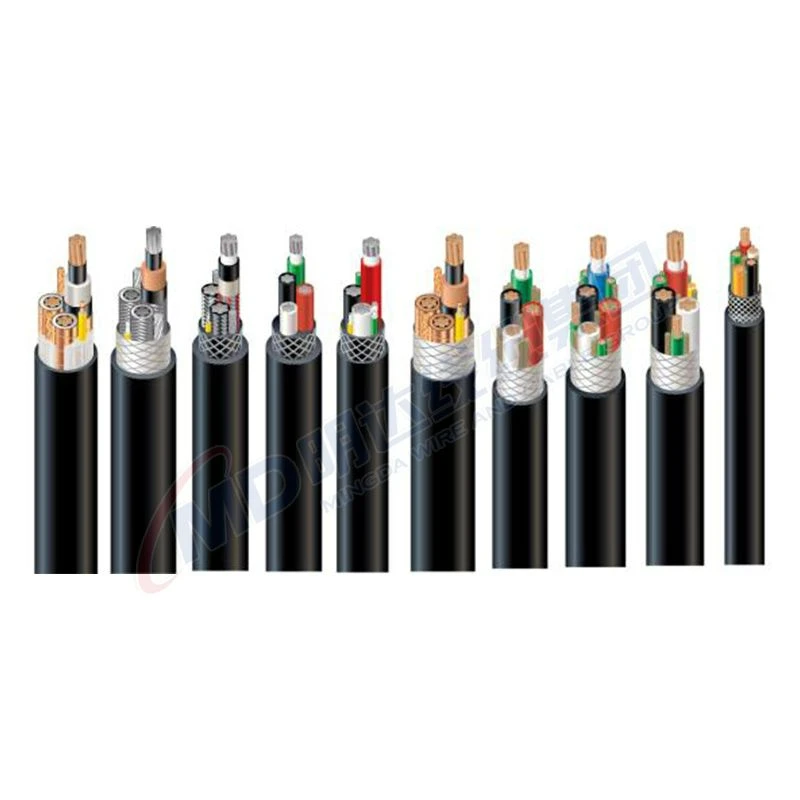Nov . 14, 2024 01:25 Back to list
control valve
Understanding Control Valves A Comprehensive Overview
Control valves play a crucial role in various industrial processes, serving as the primary means of regulating fluid flow in piping systems. These devices are essential in a wide range of applications, from petrochemical and power generation to water treatment and food processing. By adjusting the flow rate and pressure of liquids and gases, control valves help maintain optimal operational conditions, improve system efficiency, and ensure safety.
The Function of Control Valves
At its core, the primary function of a control valve is to modulate the flow of fluids within a system based on a control signal, often provided by a controller such as a PLC (Programmable Logic Controller). By altering the valve's position, the flow area can be increased or decreased, thus controlling the flow rate and pressure downstream. This action is typically achieved through the manipulation of the valve's internal components, such as the plug, disk, or ball.
Control valves can operate in several configurations, including linear and rotary movement, adapting to various industry requirements. Linear control valves, such as globe valves, use a sliding stem mechanism to allow for fine control over the flow. Conversely, rotary control valves, like ball and butterfly valves, achieve flow modulation through a quarter-turn rotation.
Types of Control Valves
There are several types of control valves available, each designed for specific applications and characteristics. Some of the most common types include
1. Globe Valves Known for their excellent throttling capabilities, globe valves are commonly used to regulate flow in pipe systems. Their spherical body design allows for precise adjustments to flow rates.
2. Ball Valves These valves provide quick on/off control and have the ability to handle high pressure and temperature environments. While not typically used for throttling, they are popular in applications requiring a tight seal.
3. Butterfly Valves With a disk that rotates around an axis, butterfly valves are lightweight and provide a compact solution for flow control, making them a suitable option for large diameter pipes.
4. Plug Valves Featuring a cylindrical plug with a hole that can be rotated to control flow, plug valves offer quick operation and are well-suited for applications requiring tight sealing.
control valve

5. Pinch Valves These valves use a flexible tube and apply pressure to pinch the tube closed, making them ideal for handling slurries and granular materials.
Actuation and Control
Control valves are typically paired with actuators to automate their operation. Actuators can be pneumatic, electric, or hydraulic, each offering distinct advantages based on the application. Pneumatic actuators are widely used in industries due to their reliability and speed, while electric actuators provide precise control for applications requiring minimal hysteresis.
In addition to actuators, control valves are integrated with various sensors and control systems to ensure effective operation. These systems provide feedback on pressure, flow rate, and temperature, allowing for real-time adjustments to maintain desired operating conditions.
Importance of Control Valves in Industry
The significance of control valves cannot be overstated. They provide essential benefits, including
- Improved Efficiency By regulating flow and pressure, control valves help optimize process efficiency, reducing energy consumption and operational costs.
- Safety Control valves contribute to system safety by preventing overpressure and ensuring stable operations within predetermined limits.
- Process Control With the ability to fine-tune flow rates, control valves enable precise process control, which is vital for maintaining product quality.
Conclusion
In conclusion, control valves are indispensable components in industrial systems, providing essential functions for flow regulation and safety. Understanding their types, operation, and importance helps engineers and operators make informed decisions about their applications and maintenance. As industries continue to evolve and technology advances, control valves will remain at the forefront of process control, ensuring efficiency and safety across various sectors.
Share
-
Reliable Wafer Type Butterfly Valves for Every IndustryNewsJul.25,2025
-
Reliable Flow Control Begins with the Right Ball Check ValveNewsJul.25,2025
-
Precision Flow Control Starts with Quality ValvesNewsJul.25,2025
-
Industrial Flow Control ReliabilityNewsJul.25,2025
-
Engineered for Efficiency Gate Valves That Power Industrial PerformanceNewsJul.25,2025
-
Empowering Infrastructure Through Quality ManufacturingNewsJul.25,2025